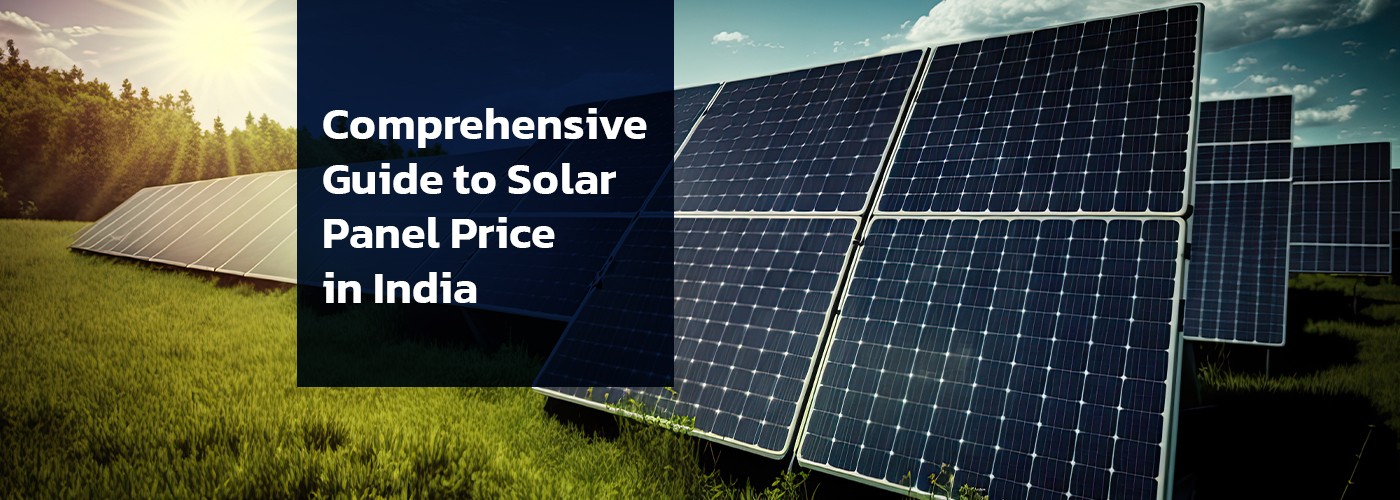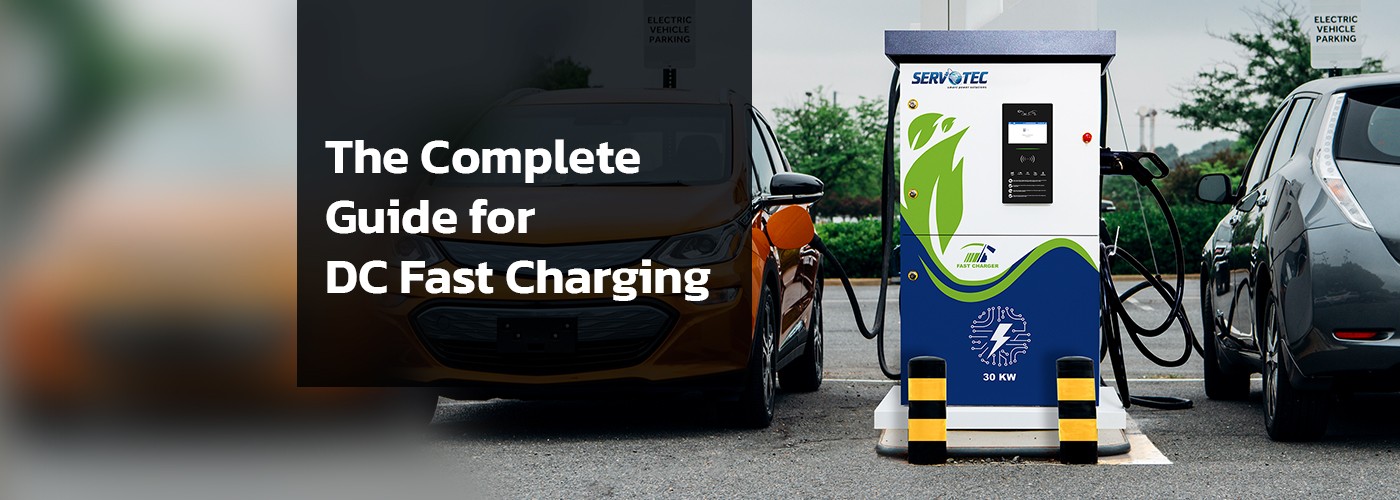Everything You Need to Know about Vehicle-to-Grid (V2G) Technology

Vehicle-to-grid (V2G) technology marks a transformative phase in the convergence of Electric Vehicles and power grids. This innovative system allows electric vehicles to not only draw energy from the grid for charging but also to feed stored energy in vehicle batteries back into the grid when needed. V2G, often associated with bidirectional charging, creates a dynamic interplay where EVs act as a distributed energy resource, benefiting both grid stability and electric vehicle owners. This article provides a comprehensive overview of V2G technology, encompassing its functionalities, benefits, applications, global adoption status, challenges, and India’s readiness for its integration into the energy landscape.
What is Vehicle-to-grid Technology?
The vehicle-to-grid or V2G is a technology that involves EVs supplying electricity back to the power grid to meet the energy demands in peak hours. V2G technology powers bi-directional charging which makes it possible to charge the EV battery and take the energy stored in the battery of the EV and push it back to the power grid. While bi-directional charging and V2G are often used synonymously, there is a slight difference between the two. While bi-directional charging means two-way charging (charging and discharging), V2G technology only enables the flow of the energy from the car’s battery back to the grid.
Benefits of V2G Technology
i) Virtual Power Plant: V2G technology synchronizes thousands of EVs, acting as a decentralized energy system. It supplies power during peak demand, charges during low demand, and balances the grid. This orchestration is known as a Virtual Power Plant (VPP). Unlike traditional power plants, VPPs use cloud-based software to control thousands of battery systems to create a virtual large-scale generator or storage system and to combine various energy resources like solar panels, batteries, and EVs.
ii) Grid Stabilization: V2G facilitates bidirectional energy flow, allowing electric vehicles to supply stored energy back to the grid when needed. This capability helps stabilize the grid by balancing supply and demand fluctuations, especially during peak hours or in emergencies.
iii) Voltage Support: EVs equipped with V2G capability can provide voltage support to the grid, ensuring consistent and stable voltage levels.
iv) Backup Power: Bidirectional EV Chargers used to enable V2G are not only used to provide grid support. These powerful devices contain power inverters, and most new bidirectional chargers can also enable backup power in the event of a blackout or emergency. However, for a bidirectional inverter to power a house independently of the grid, it must first be isolated from the grid network, known as islanding.
v) Integration of Renewable Energy: V2G enables the integration of renewable energy sources into the grid. EVs can store excess energy generated from renewable sources like solar or wind power and supply it when needed, supporting a cleaner and more sustainable energy mix and reducing overall greenhouse gas emissions, enhancing environmental sustainability.
How does Vehicle-to-grid Technology Work?

V2G technology enables EVs to communicate with the grid to either draw electricity for charging or discharge excess energy back into the grid. During peak demand, these vehicles can supply stored energy, acting as a decentralized power source. Conversely, during off-peak hours, they charge when electricity is abundant. Implementing V2G technology requires the usage of smart technology, enabling an electric vehicle to sync with the electricity grid and inject power into the grid using a specialized bidirectional charger. These advanced devices, equipped with power converters, can either charge the EV’s battery or send power back to the grid as per instructions. Approval from the grid operator is essential to connect a bidirectional charger to an EV for supplying power to the grid. Remote management by the grid operator, controlling the injected energy, is facilitated through a Virtual Power Plant program (VPP).
Applications of V2G Technology
1) Electric Vehicle Fleet Management: Businesses manage EV fleets efficiently by using V2G to schedule charging/discharging, reduce operational costs, and support sustainability initiatives.
2) Grid Ancillary Services: V2G technology supports grid ancillary services like voltage control, reactive power support, and grid reliability enhancement.
3) Smart Home Integration: EVs with V2G capability can power homes during peak hours, reducing household electricity costs and supporting residential energy management.
4) Intelligent Energy Trading: V2G facilitates energy trading between EVs and the grid or other EVs, fostering a dynamic market for energy exchange.
How Can V2G Become Mainstream for EV Adoption?
Establishing standardized protocols and regulatory support is fundamental to propelling V2G technology into the mainstream. These efforts ensure interoperability among diverse vehicles, and charging infrastructure, and incentivize V2G integration through clear tariff structures and grid access regulations. Scaling up of V2G-compatible charging infrastructure across homes, public spaces, and workplaces, simplifies V2G participation for EV owners. Collaborations among stakeholders foster technological advancement, while large-scale demonstration projects showcase V2G advantages, fostering wider adoption. Continuous Research and Development remain pivotal in refining V2G technology, optimizing energy management, and ensuring grid stability for its mainstream assimilation.
Is India Ready for Vehicle to Grid?
V2G is pivotal for India’s energy grid. India’s renewable energy capacity is set to grow to 500 GW by 2030, Over the same period, about 40% of new vehicle sales in India are expected to be EVs. Notably, segments like two/three e-wheelers may witness over 75% EV adoption, highlighting the substantial opportunity to utilize EV batteries in advancing V2G technology across India’s energy sector.
India showcases the potential for Vehicle-to-Grid technology adoption, yet its readiness hinges on pivotal factors. The evolving EV infrastructure lays the groundwork, but the scarcity of bi-directional chargers, essential for V2G, calls for accelerated deployment. Regulatory frameworks must align with V2G integration, outlining grid access and incentivizing participation for consumers. Strengthening the grid infrastructure becomes paramount, necessitating adaptations to manage bidirectional energy flow. Heightened public awareness about V2G benefits is essential, underlining its role in grid support and sustainability Comprehensive efforts encompassing infrastructure expansion, regulatory clarity, grid enhancements, and awareness campaigns are vital to propel India towards successful V2G integration.
Opportunities and Challenges
As EVs spend a significant portion of their lifetime parked, their inherent battery storage capacity positions them as an attractive and flexible solution for the power system. This unique characteristic creates vast storage capacity within the EV fleets. These EVs function as flexible loads and decentralized storage resources, providing additional flexibility to support power system operations. V2G is particularly significant in solar-based systems, when synced with renewable energy sources, V2G can minimize extra load impact on the power system and leverage synergies between EVs and renewables. Smart EV charging minimizes reliance on carbon-intensive fossil fuel plants to balance renewable energy. Implementing V2G can also reduce the need for distribution grid investments.
However, there are a few challenges that India must overcome before tapping into the V2G potential. As the growth of EVs is set to increase in smaller vehicle segments, the amount of EVs needed to be aggregated to create a storage network is greater. A mechanism that brings together these small vehicles, or even just the batteries within them, can unlock massive potential. The other challenge is the creation of bidirectional charging stations that enable the aggregated network of batteries to work as an energy storage system. In the absence of this critical infrastructure, EVs can only receive energy and would not be able to send it back to the grid. V2G provides a solution for zero carbon emissions in energy and mobility and India must seize this opportunity to achieve the goals it has laid out for not just 2030, but beyond.
Conclusion
V2G technology offers a transformative bridge between electric vehicles and energy grids, promising enhanced grid stability and sustainability. While India’s readiness for V2G integration shows promise, addressing infrastructure challenges and fostering regulatory alignment is pivotal for propelling this innovation toward a sustainable energy future.




